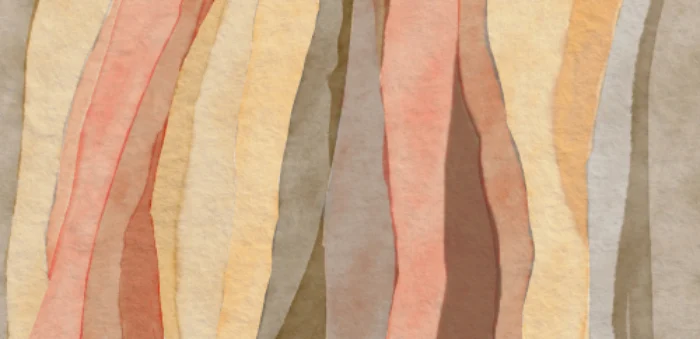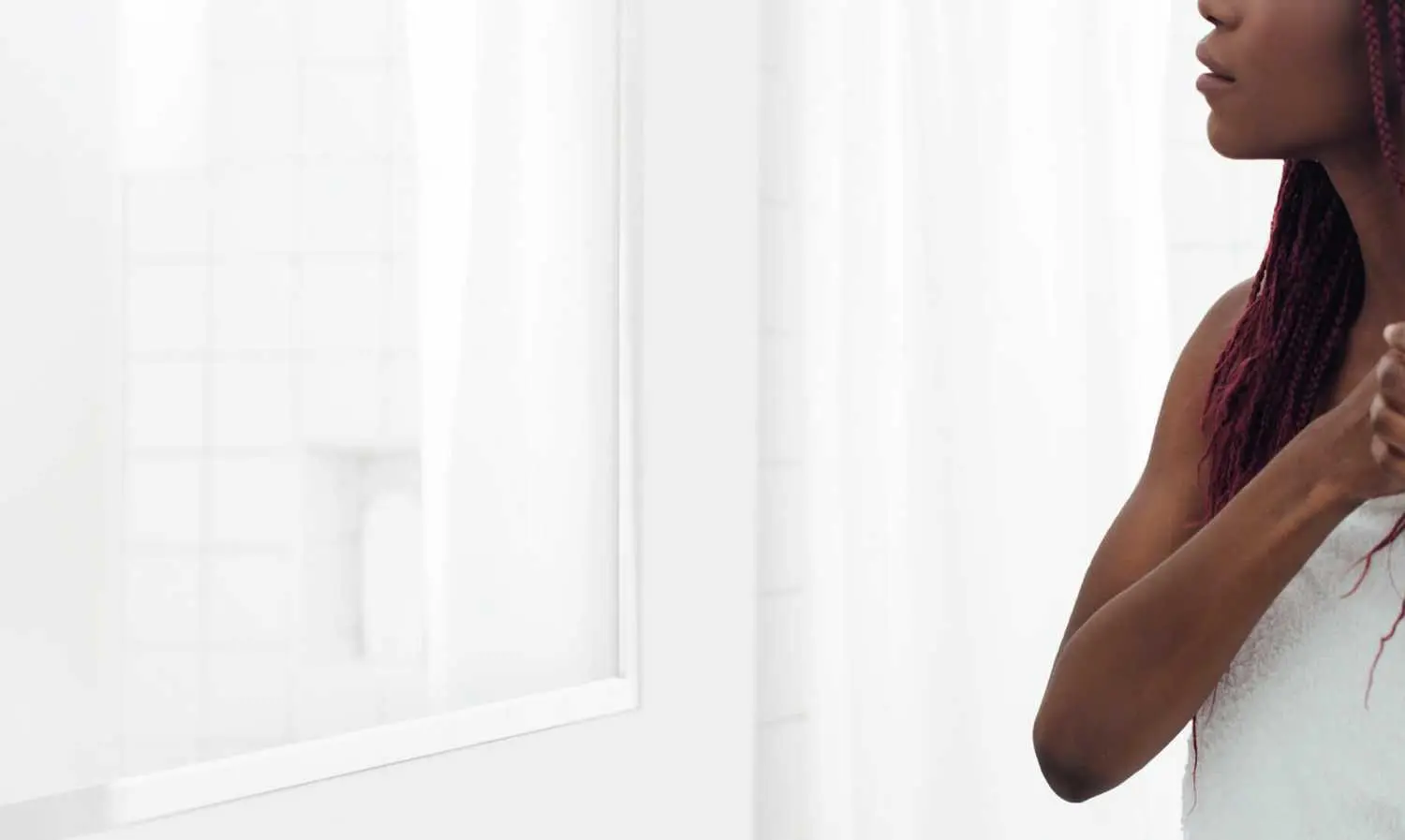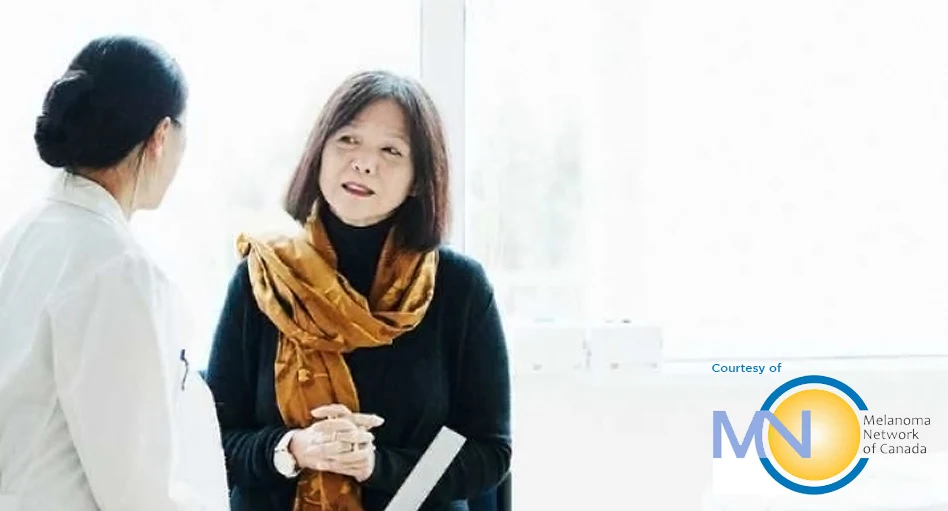Self-exam. Beautifully.
Checking for skin cancer is easy to add to your skincare routine. Really easy.
Just take a few minutes and you could uncover skin cancer before it becomes a bigger problem.
These self-exams are not meant to diagnose or replace visits with your doctor.
Skin cancer can be a big deal. Checking for it isn't.
When detected early survival rates can be high1
The rate of skin cancer is rising in Canada. And it can affect people of any race, sex, or age.
The survival rate for melanoma is high if it is detected early and unlike many cancers, melanoma is often clearly visible on the skin.1
It's a full body check. Simple as that.
Self-examination for skin cancer is important. Pick a convenient time to do this monthly check. It shouldn’t take more than about 10 minutes.

Check your scalp.
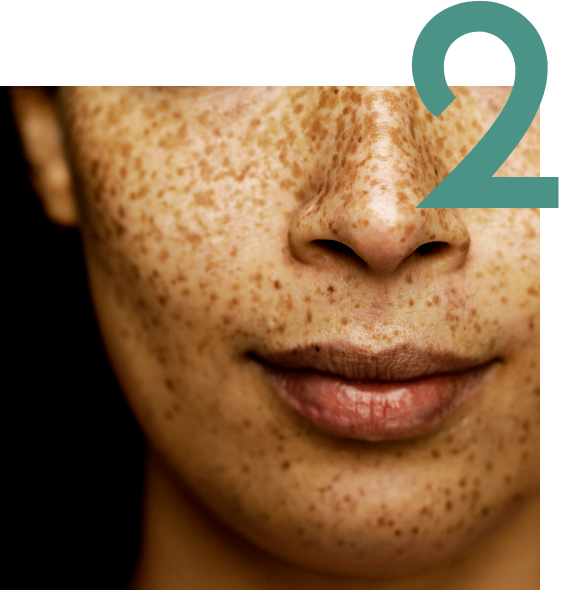
Look at your nose, lips, cheeks, and ears with a mirror.
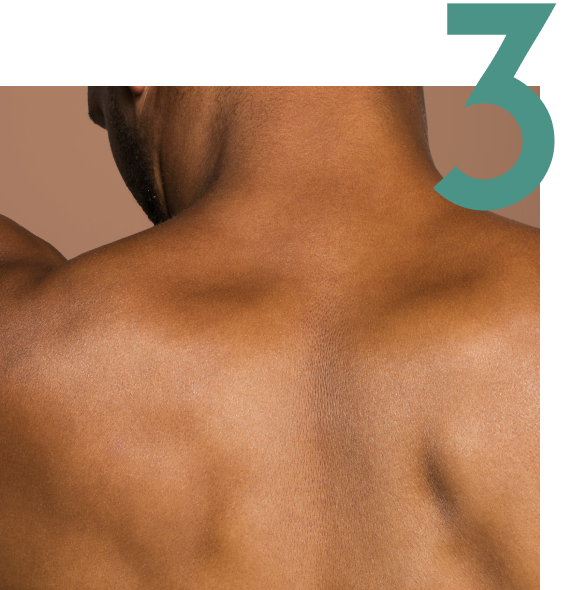
Look at your upper back. You’ll need 2 mirrors.
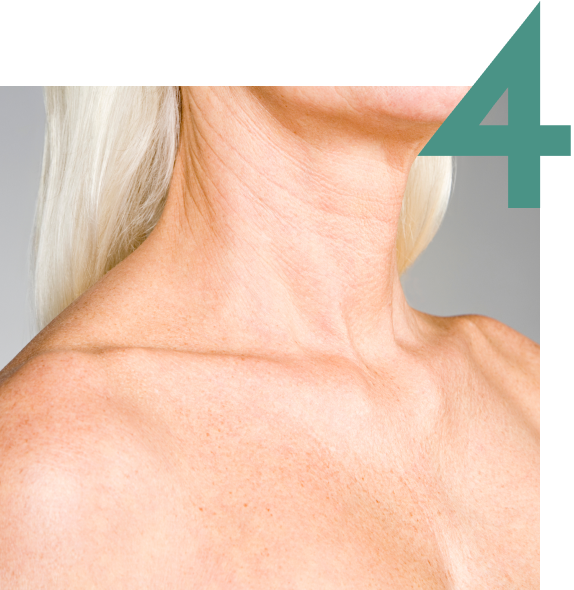
Focus on your neck, chest, and torso with two mirrors.
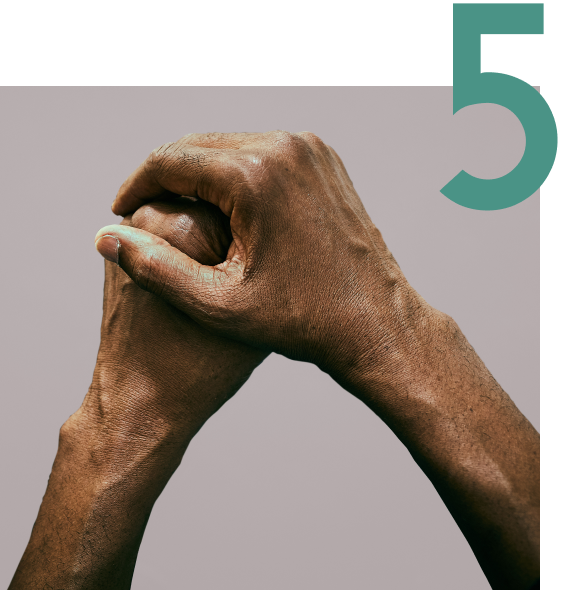
Give your hands, fingers, upper arms, and armpits a good scan.

Check your lower back, buttocks, and genital area.
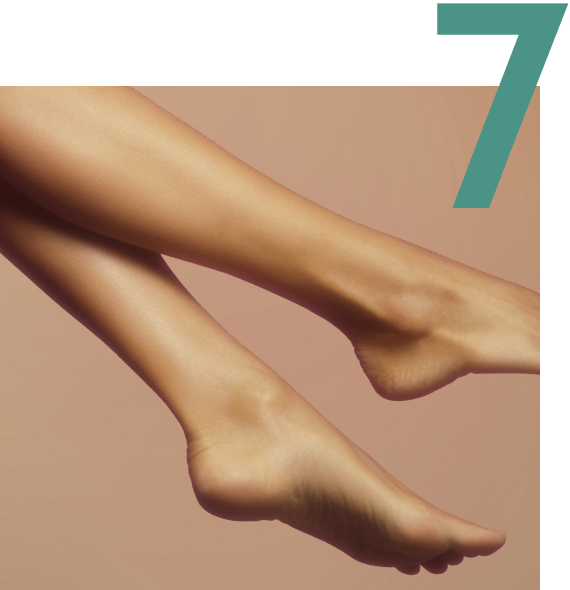
Closely look at your legs and feet. Don’t forgot to look between your toes and the soles of your feet.
Skin cancer - What to look for
New or changing moles
A clear, red, brown, or black growth that gets larger
Any growth that bleeds or aches
Open sores, scabs, or pimples that don't go away
ABCDEs of Melanoma
These self-exams are not meant to diagnose or replace visits with your doctor.
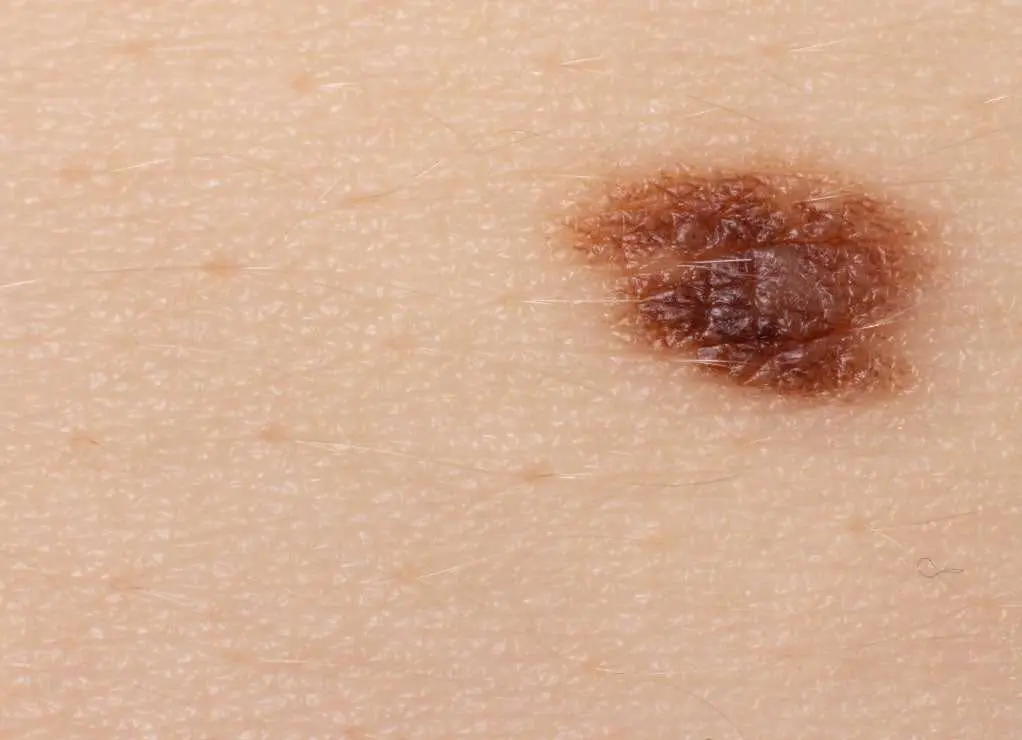
Asymmetry
(uneven shape)
One half of a mole looks different from the other.
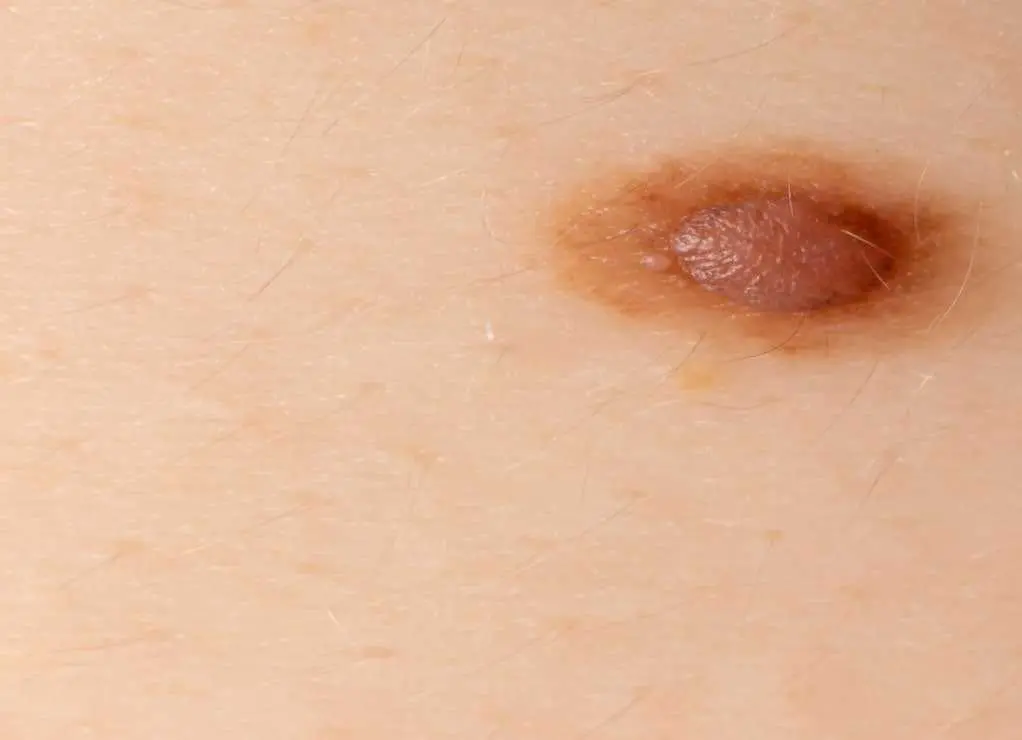
Border Irregularity
(ragged edges)
Border of the mole looks ragged or blurry.

Colour
Different colours in the same mole.
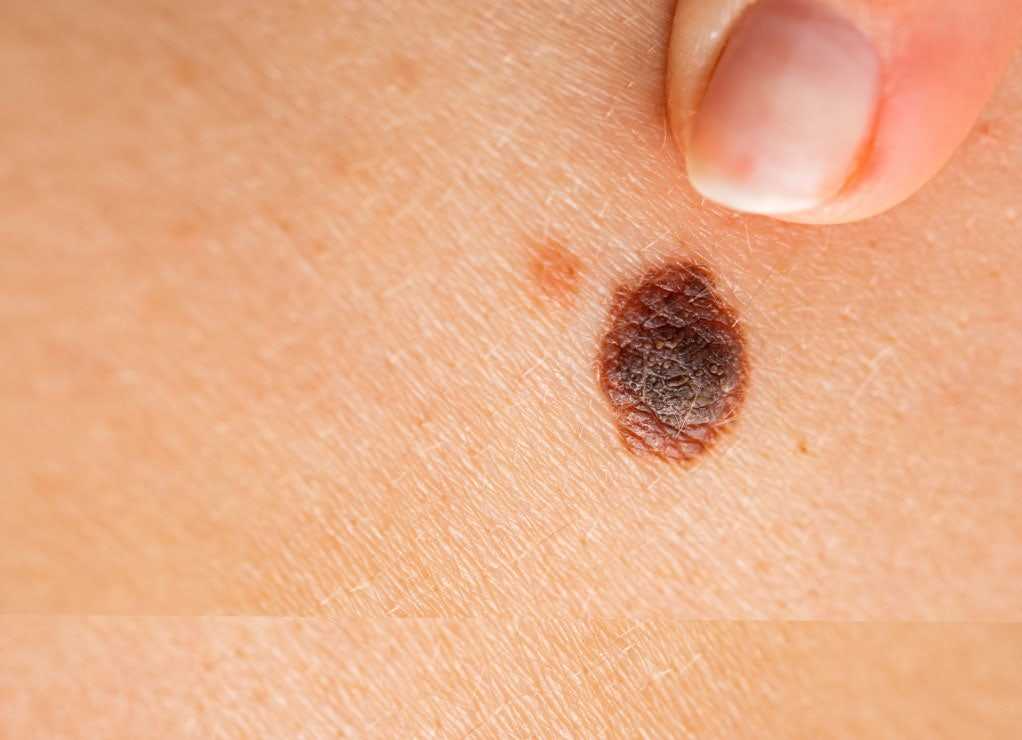
Diameter
(size)
Size of the mole is bigger than a pencil eraser.
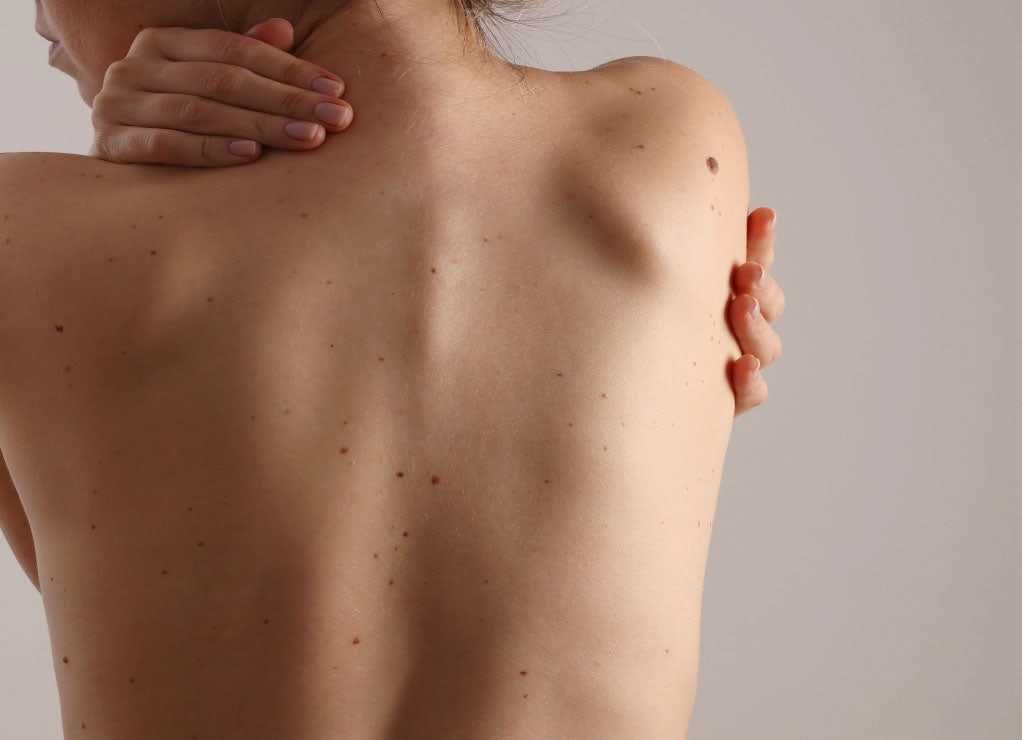
Evolving
Mole changing in size, shape, colour, or height. Or any new symptoms like bleeding, itching, or crusting.
Call your doctor if you find anything unusual
Or here is a link to find an expert evaluation
Melanoma or not, what's the difference?
There are two types of skin cancer. Melanoma and non-melanoma.
Most skin cancer is considered non-melanoma. It develops slowly in the upper layers of the skin. Melanoma affects the cells that give skin its colour. This type of cancer is more aggressive than non-melanoma.
The good news is you can take steps to protect yourself – including a monthly self-exam.
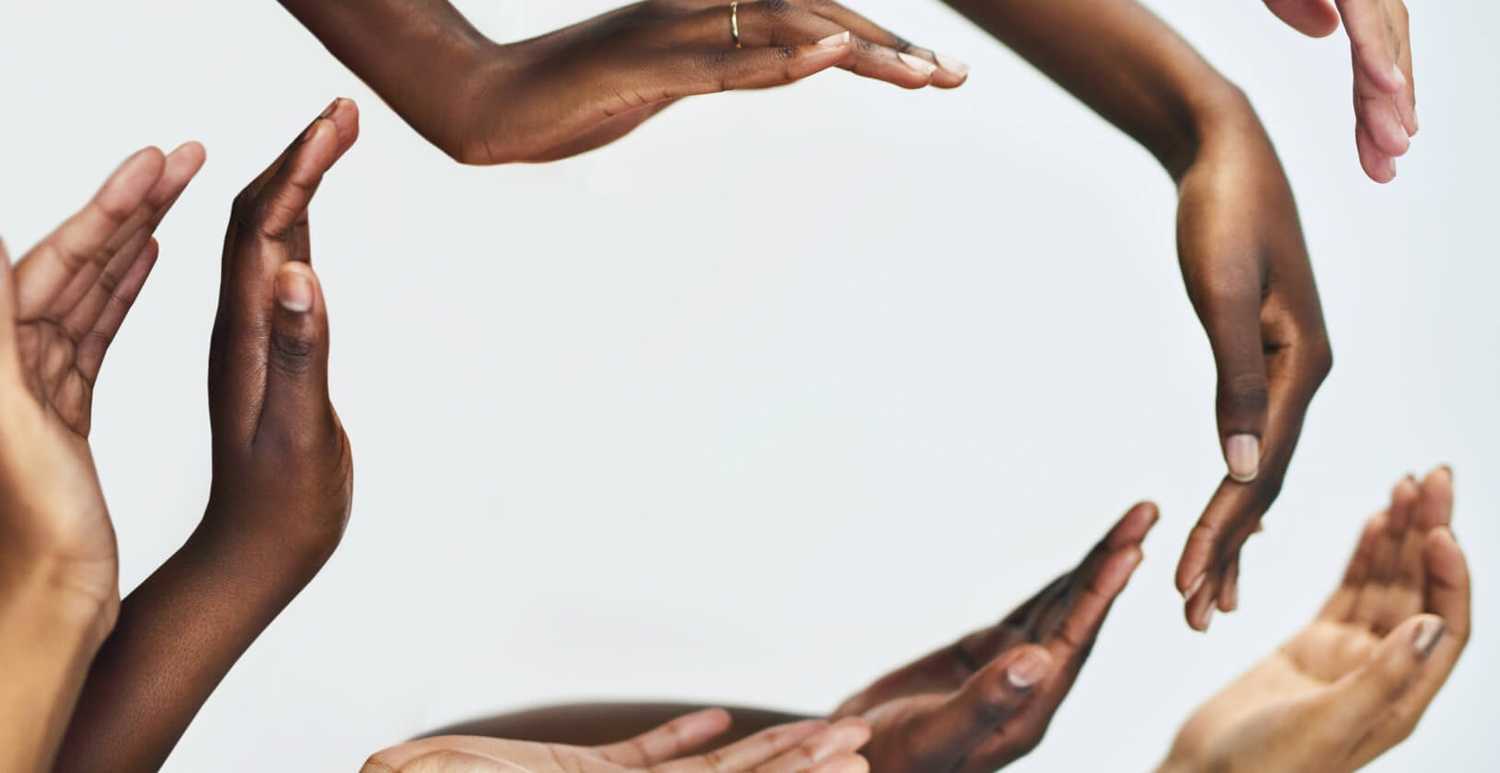
Melanoma is one of the most common cancer types found in people aged 15-492
By age 50 men are more likely than women to develop melanoma*
A single blistering sunburn before the age of 20 increases the risk of developing melanoma later in life.²
Sunscreen is your friend
Most skin cancer is preventable. And using sunscreen every day helps protect skin from the sun’s harmful rays. The more you know the better.

5+ sunburns can double the risk for melanoma*
16 high school students get a sunburn every minute*
Overexposure to UV rays is bad news
Most skin cancer is caused by ultraviolet (UV) light. UV comes from the sun and artificial sources like tanning beds. For a great tan, consider sunless tanning products.

Tanning beds can be more dangerous than smoking
MYTH: UV rays only pose a risk in sunny coastal locations.
TRUTH: Melanoma can affect anyone regardless of sex, age or race and is the 7th most commonly diagnosed cancer in Canada.²
MYTH: The sun can be a good way to get Vitamin D.
TRUTH: Foods and supplements can provide Vitamin D without any exposure to harmful UV rays.³
Everybody needs to think about skin cancer
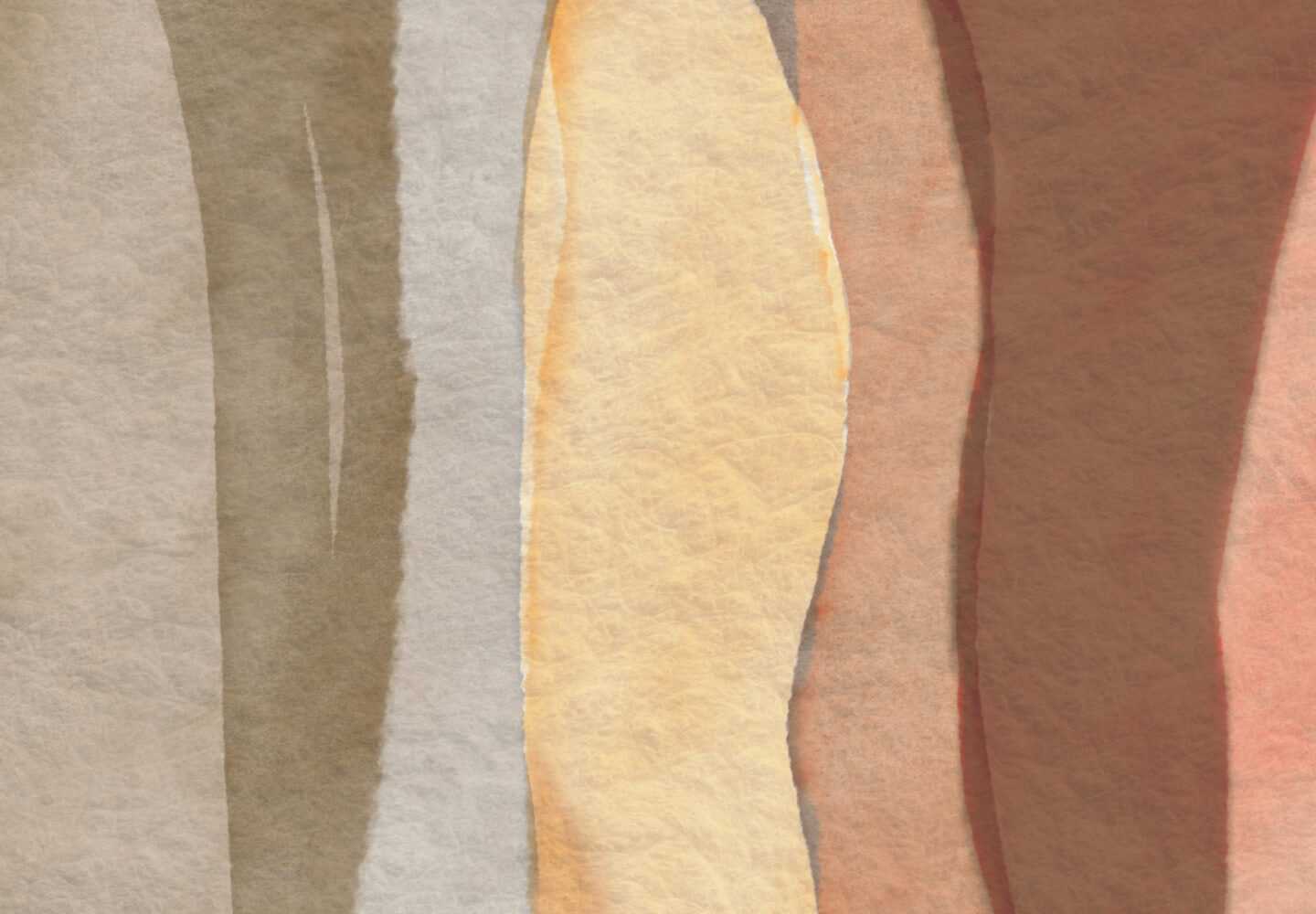
More than 30% of all cancers in Caucasian people are skin cancers*
Melanoma and non-melanoma skin cancers can affect anyone, no matter their ethnicity or skin colour.
The risk of getting melanoma for Latinx is 1 in 167. And the risk of getting melanoma for Black people in 1 in 1000*
Rate of Skin Cancer*
35%-45% of all cancers in Caucasian people
1%-2% of all cancers in Black people
2%-4% of all cancers in Asian people
4%-5% of all cancers in Latinx people
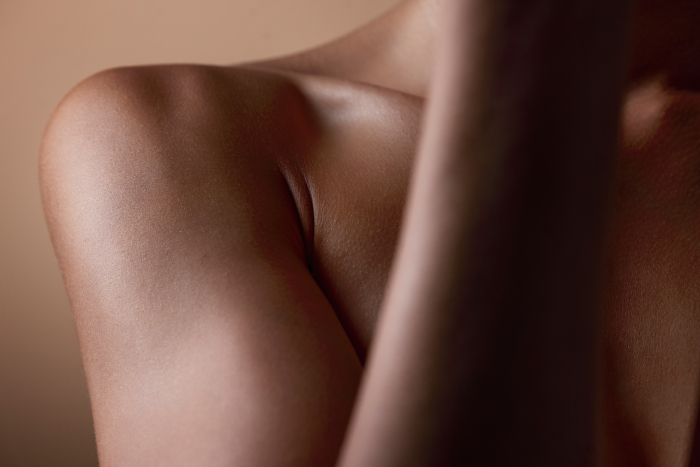
Special attention for darker skin
The risk is lower for people of colour. But when skin cancer is found, it tends to be at a more advanced stage. Which can be harder to treat.
Melanomas in Black and Asian people usually appear on harder to find areas. It can show up under hands and feet, inside the nose or mouth, and under fingernails and toenails.
30% to 40% of skin cancer in people of colour appears under the foot.*
Rate of Skin Cancer*
67% in Black people
92% in Caucasian people

Tip 1
Keep a record of your spots
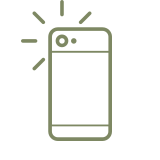
Tip 2
Take pictures of anything that looks unusual

Tip 3
Do your self-exam before or after a shower. Or when changing your clothes.
Your guide to being sun safe
Sun protection brochure
References
*Statistics from Neutrogena® US research, 2021.
1Melanoma Network of Canada – Sun Safety Council Skin Cancer Facts
2 Melanoma Network of Canada – Melanoma Stats & Facts
3 Melanoma Network of Canada – Common Sun Safety Myths


